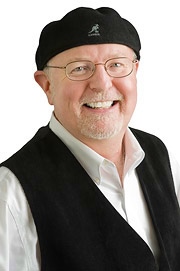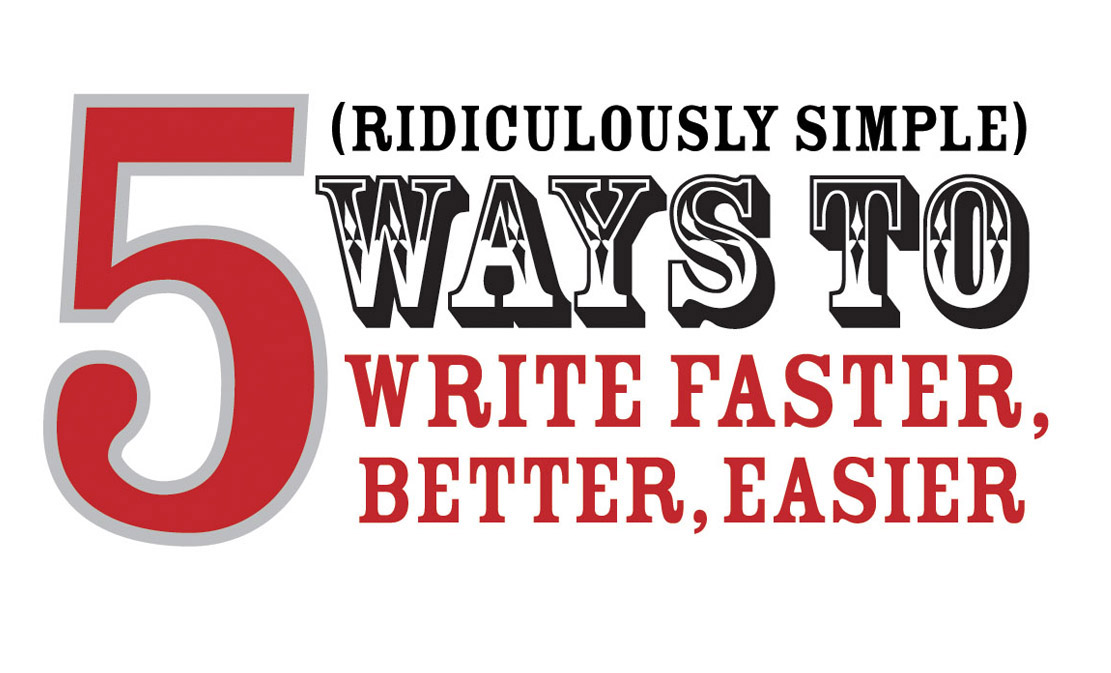5 Big Ideas: What Honda’s Mini-Documentaries Can Teach Non-Filmmakers
 Wednesday, October 21, 2009 at 10:05PM
Wednesday, October 21, 2009 at 10:05PM Here are five ideas from Honda’s new corporate documentary, “Racing Against Time,” to help you take your videos from talking heads to interesting and believable stories. (RSS readers click thru to see the video.)
Have you checked out Honda’s “Dream the Impossible” mini-documentary series? The video series features several big ideas in a series of mini-documentaries. And yes, they’re beautifully produced.
But here’s the thing.
If you deconstruct Honda’s new documentary, “Racing Against Time,” you’ll find five big ideas you can use to make your own videos just as engaging and compelling as Honda’s. And the best part? You can integrate them into your own videos for next to nothing.
So what exactly are these five big ideas?
5 Big Ideas: What Honda’s Mini-Documentaries Can Teach Non-Filmmakers
1. Capture passionate storytellers
It pretty much goes without saying: you need people on-camera who can share their passion, drive and determination for your product or service. Video is unforgiving in what it captures. Feature people who love what they do and can express their emotional passion without hesitation.
2. Music matters
Try this experiment. Play the Honda video. Turn your monitor away so you can’t see it. Now just listen to the soundtrack. You’ll notice a few things about the soundtrack. The music:
• Changes several times throughout the video
• Varies when ideas vary
• Stops abruptly to enunciate a point
• Creates suspense and drama
• Connects with the ticking of the stopwatch
Avoid the temptation to just pick a single piece of music and use it throughout your video. If having a video custom scored isn’t possible, consider changing the stock music frequently to reflect the ideas in the video.
3. Use testimonials for extra credibility and believability
Honda tapped into skateboarding legend Tony Hawk, "Star Trek" and “Transformers” screenwriters Roberto Orci and Alex Kurtzman and IndyCar driver Tony Kanaan for added dimension. Adding comments from outside a company gives a video depth, breadth and insight not typically found in business videos. They can help a video feel less provincial while giving it a “universal” feel and element to your story– letting more people to relate to your message.
4. Put a “dragon” in your story
Adding an obstacle or problem to your video not only makes it more believable but creates tension. Even a small amount of tension makes it hard for viewers to leave your story.
What is the “dragon” in Honda’s “Racing Against Time”? Deadlines. Losing time. Working under pressure. Racing against time. All variations of the same theme. Imagine how less effective Honda’s video would be without the dragon of deadlines and competition. What dragon is in your video? What obstacle are you battling?
5. Eye contact matters
In my “ three stage evolution of video conversations” post, I shared how direct eye contact is becoming critically important in social videos.
Social media is driving conversations one-to-one. Social video will follow the same format. But how? Through direct eye contact. Conversations on-camera are shifting from people talking off-camera with an interviewer to talking directly into the camera. One-to-one. Me-to-you. Eye-to-eye. You can achieve this effect simply by attaching an affordable mirror device to the front of the camera.
Incorporating a few of these ideas into your future projects can easily turn a talking head into a captivating and believable story.
Want to see more examples from Honda?
You can catch more mini-documentaries from Honda on their YouTube channel or their “Dream the Impossible” website.
---Tom
PS. If you enjoyed this article, share it with the "Share Article" button below.



Reader Comments (6)
Tom
The point about direct eye contact is an interesting one. What is the mirror technique and how does it work? Obviously, it's a bit easier to make a personal connection during and interview if you are engaging in eye contact with your interviewee. So how do you accomplish that while having them look into the cold, hard lens of the camera? ;>
The mirror technique can be found here:
http://www.vfgadgets.com/grip-camera/eyedirect-16x9
Take care!
Tom
My question is... was the Honda Docs shot on film or with RED? Hard to tell these days.
Yes, I've used the mirror technique but I personally found it awkward. Everyone's mileage may vary, though. :)
RED or film? Hard to tell, indeed. I suspect RED, but don't really know.
BTW: here's a nice write up about the Honda campaign in the New York Times:
http://www.nytimes.com/2009/01/12/business/media/12adcol.html?_r=2
Tom